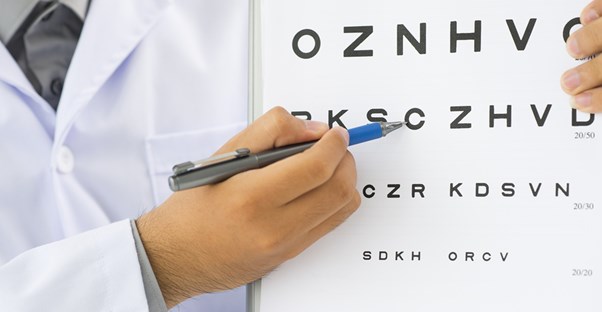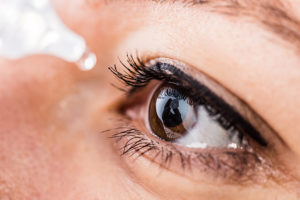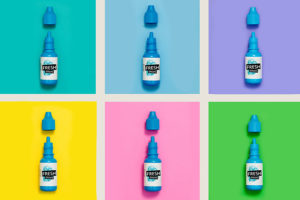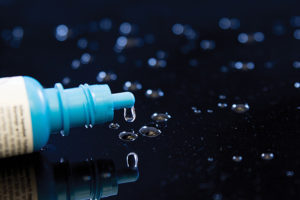5 Potential Health Risks of LASIK Eye Surgery

Anyone who is considering a LASIK eye surgery procedure should be aware of the accompanying risks. All surgeries carry some type of health risk. These are the five most significant post-operative risks associated with LASIK.
1. Flap Issues
A doctor performs the LASIK surgical procedure by cutting a “flap” in the eye in order to shave the cornea. After the procedure, the flap settles back in its original place for the healing process.
There are two issues that can occur at this point. First, the flap may not fit properly when it has healed, causing vision problems such as blurred vision. If this happens, a corneal transplant may be required to fix the issue.
The second problem that might occur is called diffuse lamellar keratitis, or DLK. This occurs when dead or damaged cells are left under the flap, causing irritation. Many times, the irritation continues until a secondary surgical procedure removes the dead cells.
2. Vision Issues
There is always the danger of over-correction or under-correction. Additional refractive surgery easily fixes under-correction associated with the procedure. Over-correction is a larger problem, however. Also, improperly performed procedures can leave the patient with unwanted astigmatism or double vision that may require additional surgical procedures to correct the issue.
3. Dry Eyes
Some patients come out of Lasik surgery with perpetually dry eyes. While the condition sometimes lasts for months, most instances only last for a few days. The use of eye drops alleviates associated symptoms.
4. Keratectasia
This is a serious condition caused by an errant cut to the flap. It can result in permanently distorted vision. There are some surgical procedures, such as a cornea transplant, that can fix the problem.
5. Sensitivity to Light
This is the most common issue reported by patients. Eye sensitivity can last a few days or, in rare cases, be permanent. The doctor might prescribe an anti-inflammatory to help cut down the sensitivity.







